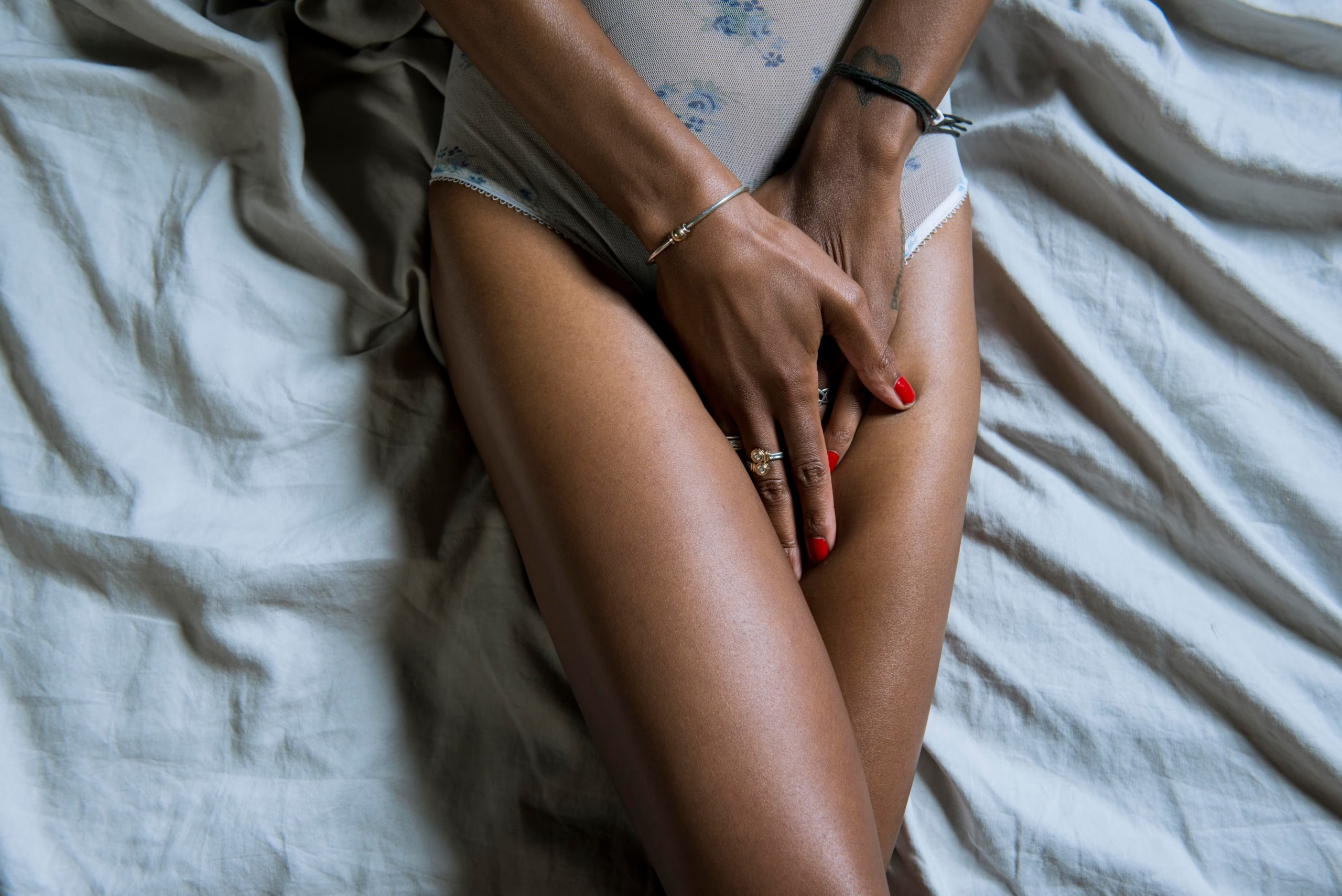Dealing with a yeast infection can be uncomfortable, and most people expect the itching and irritation to disappear once treatment is complete. However, it is not unusual to still experience vulvar itching even after using antifungal medication. This lingering discomfort can be confusing and sometimes alarming, especially if you are unsure of the cause. Several factors, ranging from resistant yeast strains to other vaginal conditions or lifestyle triggers, could be responsible.
In this blog, we will explore the possible reasons your vulva may continue to itch after yeast infection treatment and what steps you can take to find lasting relief.
Understanding Vulvar Itching: When Yeast Infection Isn’t the Cause
Vulvar itching is one of the most common symptoms people associate with yeast infections. Because of this, many assume that any itch in that area must be caused by yeast. The truth is that several different conditions can lead to the same uncomfortable symptom, which is why itching can continue even after yeast treatment.
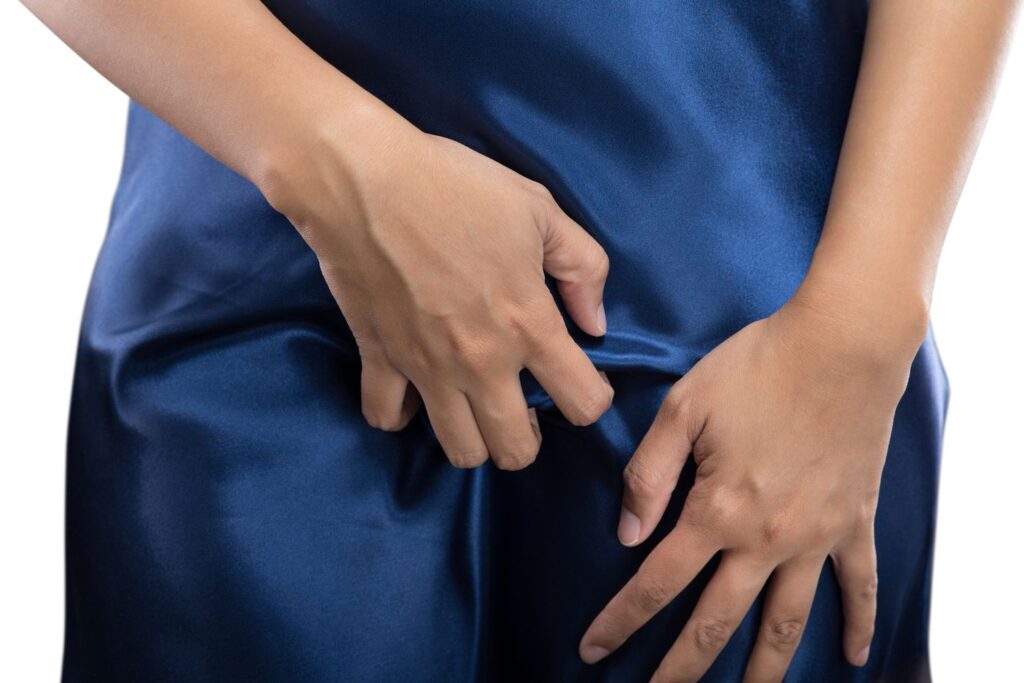
Sometimes the itch lingers because the yeast infection was not the actual problem to begin with. Other times, the infection may have cleared, but irritation from another source remains. Conditions like bacterial vaginosis, sexually transmitted infections, skin disorders, or even allergic reactions can all mimic the symptoms of a yeast infection.
Recommended: Dyspareunia vs. Vulvodynia: Is All Painful Intercourse the Same Condition?
Recognizing that vulvar itching does not always equal yeast infection is an important step toward getting the right diagnosis and effective relief.
Common Reasons Itching Persists After Yeast Infection Treatment
If your vulva still itches after treating a yeast infection, it may not mean the treatment failed. Several factors can explain why the discomfort continues:
1. Incorrect Self-Diagnosis
Many people assume any vaginal itching is a yeast infection, but conditions like bacterial vaginosis, eczema, or even certain STIs can cause similar symptoms. If the real cause is not yeast, antifungal treatment will not solve the problem.
2. Resistant Yeast Strains
Some types of yeast, such as Candida glabrata, do not always respond to common over-the-counter treatments. In these cases, stronger or prescription medication may be needed.
3. Incomplete Treatment
Stopping treatment too soon or not using the medication exactly as directed can leave some yeast behind, which may cause symptoms to return or linger.
4. Irritation From the Medication
Occasionally, antifungal creams or suppositories can irritate the sensitive skin of the vulva, creating an itching or burning sensation that feels like the infection is still present.
Recommended: How Effective is Pelvic Floor Therapy For Vaginismus?
5. Recurrent Yeast Infections
Some people are prone to repeated yeast infections due to factors like diabetes, weakened immunity, or frequent antibiotic use. This can make it seem like the infection never fully clears.
Other Vaginal Conditions That Mimic Yeast Infections
Not all itching, burning, or discharge is caused by yeast. Several vaginal and vulvar conditions can look and feel very similar, which is why self-diagnosis can be tricky. Some of the most common include:
1. Bacterial Vaginosis (BV)
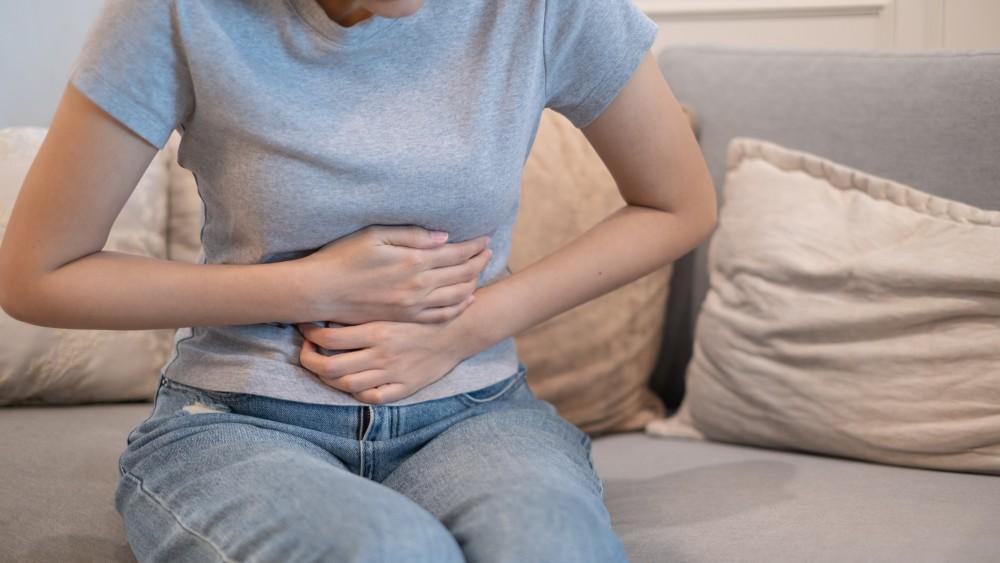
BV occurs when the natural balance of bacteria in the vagina is disrupted. It often causes a fishy-smelling discharge, irritation, and sometimes itching, which can be mistaken for yeast.
Recommended: Bacterial Vaginosis (BV) vs. Vulvodynia: Why Your Chronic Irritation Might Not Be an Infection
2. Sexually Transmitted Infections (STIs)
Infections such as trichomoniasis, chlamydia, gonorrhea, and herpes can lead to itching, burning, or unusual discharge. Because the symptoms overlap with yeast infections, they are sometimes confused.
3. Contact Dermatitis or Allergic Reactions
Scented soaps, laundry detergents, pads, wipes, or even condoms can irritate the delicate vulvar skin. This irritation often feels like a yeast infection but will not improve with antifungal treatments.
4. Lichen Sclerosus or Lichen Planus
These are chronic skin conditions that affect the vulva and cause itching, soreness, and sometimes white patches or thinning of the skin. They need medical attention for proper diagnosis and treatment.
5. Hormonal Changes
A drop in estrogen levels, especially during menopause or while using certain birth control methods, can lead to vaginal dryness and irritation that feels similar to a yeast infection.
Lifestyle and Hygiene Factors That Can Trigger Vulvar Irritation
Sometimes persistent itching is not due to infection at all but rather to everyday habits or products that irritate the delicate vulvar area. These triggers can worsen symptoms or create discomfort that feels like a lingering yeast infection.
1. Tight Clothing and Synthetic Fabrics
Wearing tight jeans, leggings, or underwear made from non-breathable fabrics traps heat and moisture. This creates the perfect environment for irritation and overgrowth of yeast or bacteria.
Recommended: Are Bike Seats Causing Numbness in My Genitals?
2. Scented Soaps, Wipes, and Detergents
Fragrances and harsh chemicals in personal care products or laundry detergents can inflame sensitive skin. Even products marketed for “feminine hygiene” can do more harm than good.
3. Excess Moisture and Sweating
Staying in damp underwear after exercise, swimming, or hot weather can irritate the vulva. Constant moisture encourages itching and increases the risk of infections.
4. Over-Cleansing or Douching
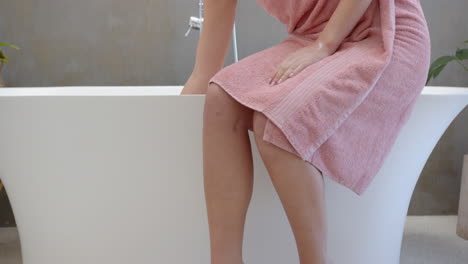
Washing too frequently, scrubbing, or using douches can strip the vagina of its natural protective balance. This often leads to dryness, irritation, and more itching.
5. Irritation From Pads or Pantyliners
Some pads, pantyliners, or even menstrual cups can cause rubbing or allergic reactions, especially if worn for long hours without change.
Recommended: Does Ozempic Affect Menstrual Cycle?
Signs It’s More Than a Yeast Infection
While mild itching can sometimes linger, certain symptoms suggest that the problem may not be yeast at all and requires medical attention. Watch out for the following warning signs:
- Discharge that is thin, gray, yellow, green, or has a strong odor may point to bacterial vaginosis or an STI.
- Itching that persists for weeks or worsens after treatment could mean another condition or a resistant yeast strain.
- Pain or burning during urination or sex may indicate an infection that requires prescription medication.
- Sores, blisters, or white patches on the vulva may signal skin disorders like lichen sclerosus or herpes.
- Yeast infections that return more than four times a year may suggest an underlying health issue such as diabetes or hormonal imbalance.
- Vaginal bleeding or spotting outside of your period may be a sign of hormonal changes, polyps, or another medical condition.
- Severe swelling, redness, or cracks in the skin of the vulva may suggest a more serious infection or inflammatory condition.
- Pelvic pain or abdominal discomfort along with itching may point to an infection that has spread beyond the vagina.
- A rash, peeling skin, or intense burning sensation could be linked to allergic reactions or dermatitis.
- Persistent dryness or thinning of vulvar tissue may be connected to low estrogen levels, especially during menopause.
Recommended: Does Slippery Elm Help With Vaginal Dryness?
How to Relieve Persistent Vulvar Itching Safely
If itching continues after yeast infection treatment, there are safe ways to manage the discomfort while you figure out the underlying cause. These steps can help soothe irritation and protect vulvar health:
- Use a cold compress or sitz bath to soothe itching and reduce irritation.
- Wear loose cotton underwear and avoid tight clothing to let the area breathe.
- Choose unscented, gentle soaps and avoid products with fragrances, dyes, or harsh chemicals.
- Keep the vulva dry by changing out of wet clothing, swimwear, or sweaty workout clothes quickly.
- Avoid scratching, as it can worsen irritation and lead to skin damage or infection.
- Apply plain, unscented emollients (like petroleum jelly) to protect and soothe irritated skin if recommended by a healthcare provider.
- Stay away from douching, vaginal sprays, or perfumed wipes that disrupt the natural vaginal balance.
- Use pads or liners made for sensitive skin and change them regularly during menstruation.
- Practice good hygiene but wash only the external vulva gently with water, not inside the vagina.
- Take prescribed antifungal or antibiotic treatments exactly as directed if your doctor has confirmed an infection.
- Consider probiotics or diet changes that support vaginal health if recommended by a professional.
- See a healthcare provider if the itching does not improve within a week or if other concerning symptoms appear.
Keeping Your Vulva Healthy After Treatment
Once the itching has settled, maintaining healthy habits can reduce the risk of irritation or future infections. Simple lifestyle changes make a big difference in keeping the vulva comfortable and balanced:
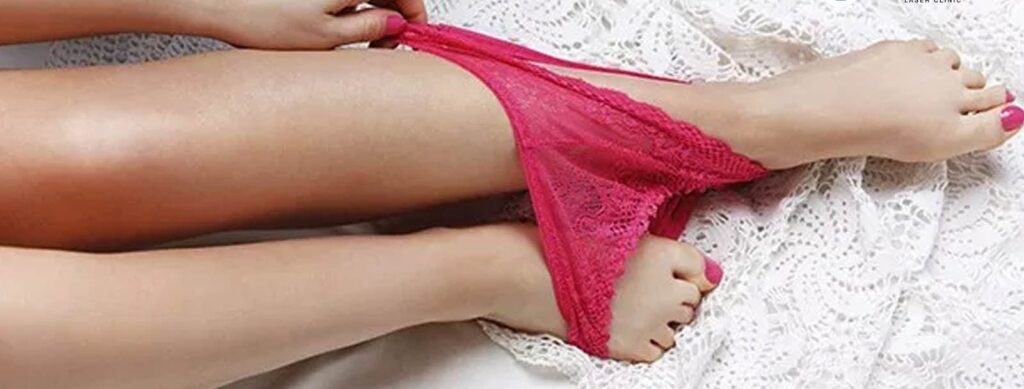
- Wear breathable cotton underwear: Natural fabrics allow airflow and reduce trapped moisture which helps prevent irritation and infection.
- Change underwear daily: Fresh underwear lowers the chance of bacteria or yeast overgrowth and keeps the vulva clean.
- Wash gently with warm water: The vulva only needs light cleansing, so avoid scrubbing or using harsh soaps that strip natural oils.
- Skip douching and scented products: These disrupt the natural pH balance of the vagina and can trigger irritation or infections.
- Stay hydrated and eat a balanced diet: Drinking enough water and eating nutrient-rich foods strengthen immunity and support vaginal health.
- Manage stress effectively: Stress weakens the body’s defenses and makes recurrent infections more likely, so relaxation techniques can help.
- Consider probiotics when appropriate: Taking probiotics, especially after antibiotics, can restore healthy vaginal bacteria and reduce the risk of yeast imbalance.
- Practice safe menstrual care: Change pads or tampons regularly and choose unscented products to avoid irritation.
- Avoid tight or synthetic clothing: Tight jeans, leggings, or nylon underwear trap heat and moisture, leading to discomfort.
- Get regular gynecological checkups: Routine visits help detect recurring issues early and ensure you receive the right treatment when needed.
Conclusion
Persistent vulvar itching after treating a yeast infection can feel frustrating and confusing, but it does not always mean the treatment failed. Sometimes the cause is another condition, a reaction to products, or lifestyle factors that irritate sensitive skin. Paying attention to your symptoms, practicing healthy habits, and avoiding harsh products can make a big difference in keeping your vulva comfortable.
If the itching does not improve or if you notice unusual discharge, sores, or recurrent infections, it is important to see a healthcare provider for proper diagnosis and treatment. With the right care and preventive steps, lasting relief is possible.
